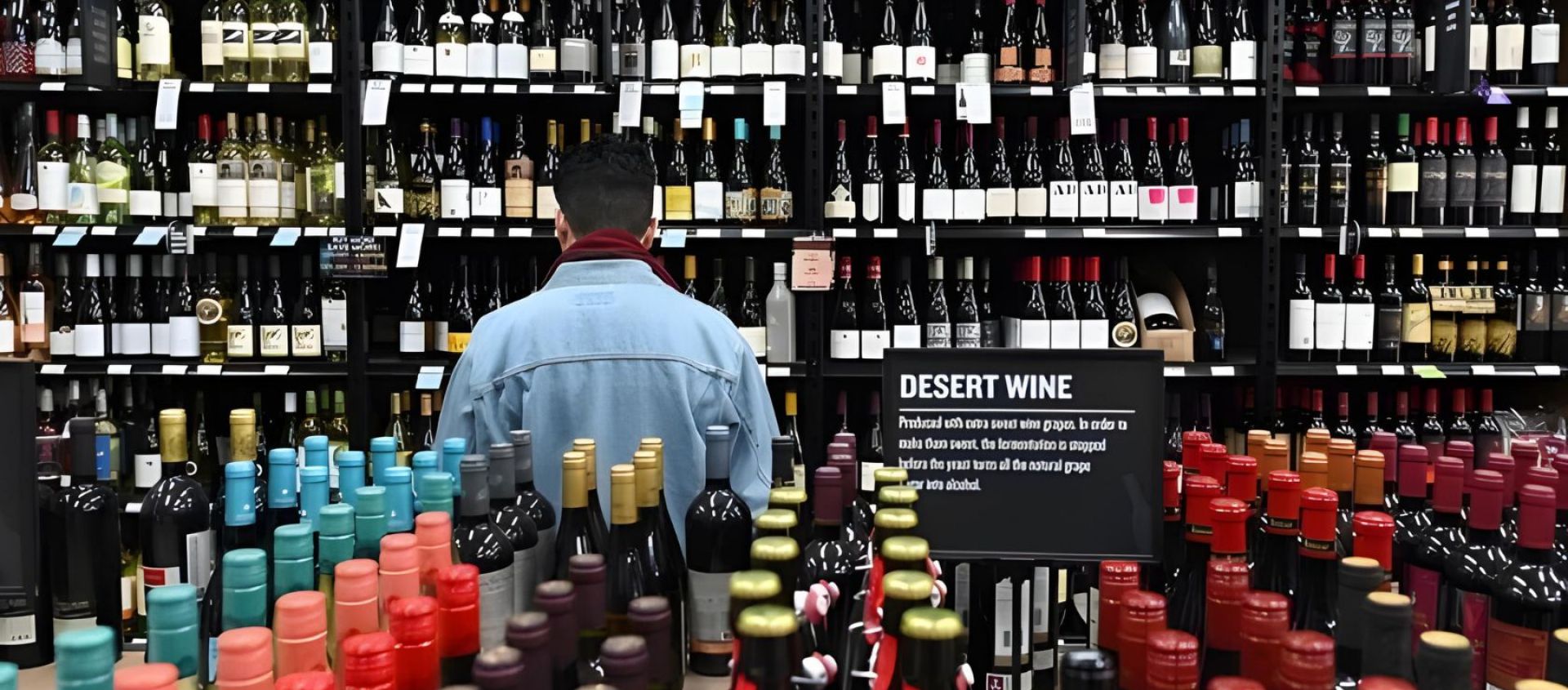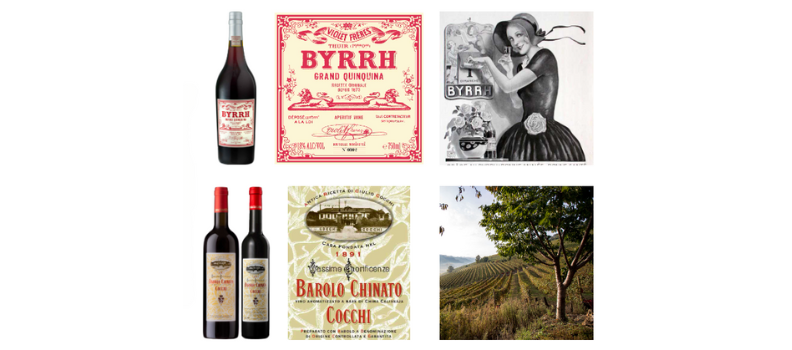
Insights
The Role Of Importers In Shaping Wine And Spirits Trends
From Global to Local, exploring how importers drive new trends in the US wine and spirits market.
The US wine and spirits industry has undergone significant transformation over the past few decades, influenced by changing consumer preferences, cultural trends, and global market dynamics. In 2020, the US market for alcoholic beverages was primarily dominated by beer, with spirits and wine having smaller shares but showing increased sales. According to Statista, the alcoholic drinks market in the United States is expected to grow by 2.85% between 2024 and 2028, reaching a market volume of $205.3 billion by 2028. Importers have played a crucial role in shaping these trends by introducing new and exotic products to American consumers. They serve as the bridge between international producers and the US market, carefully selecting, marketing, and distributing a diverse range of wines and spirits. Through their efforts, American consumers are exposed to a broader spectrum of tastes and traditions from around the world. In this article, we will explore the pivotal role importers play in influencing wine and spirits trends in the US, understanding how importers identify emerging trends, navigate regulatory challenges, and build partnerships with international producers.
The Role of Importers in Introducing New Trends:
Importers are often the first to identify emerging trends in the global wine and spirits industry. By staying attuned to international markets and consumer preferences, they can anticipate which products will resonate with American consumers. Importers are also responsible for navigating complex regulatory environments, ensuring that their products meet US standards, and securing distribution networks to bring these products to market. A significant aspect of the importer's role is relationship-building with international producers. Importers often travel to wine and spirits-producing regions, fostering connections with local producers and gaining insights into their unique production methods and cultural contexts. This personal touch allows importers to curate a portfolio of products that reflects their understanding of the evolving American palate.

Source: Skurnik Wines
Navigating Regulatory Challenges:
The US has stringent regulations regarding the importation of alcoholic beverages. Importers must work closely with federal agencies like the Alcohol and Tobacco Tax and Trade Bureau (TTB) and state-level authorities to ensure compliance. This process involves obtaining import permits, labeling approvals, and meeting various health and safety standards. Despite these challenges, importers find creative ways to introduce new products to the US market. They often collaborate with distributors, retailers, and industry influencers to build awareness and generate demand. By leveraging their networks, importers can navigate the regulatory landscape and bring unique wines and spirits to American consumers.
Building Consumer Awareness and Demand:
To introduce new trends, importers raise consumer awareness and generate demand for their products. This involves strategic marketing campaigns that combine traditional advertising with modern approaches, including social media engagement. By harnessing the power of platforms like Instagram and YouTube, importers can reach a broad audience and create a buzz around their products. Hosting tasting events is another key strategy, offering consumers a hands-on experience with new wines and spirits. These events allow importers to share stories, explain production methods, and highlight unique characteristics. Additionally, collaborating with sommeliers, bartenders, and industry experts helps importers reach a wider network and enhances their credibility in the market.

Source: Kermit Lynch Wine
One successful example of an importer introducing a new trend is the rise of rosé wine in the US. Companies like Kermit Lynch Wine Merchant, an established importer, recognized the growing popularity of rosé in Europe and began importing high-quality rosé wines to the US. Through targeted marketing and collaboration with distributors and retailers, Kermit Lynch helped drive the rosé trend in the American market.
Another notable importer is Skurnik Wines, which has been instrumental in bringing lesser-known French wines to the American market. Skurnik Wines is a pioneer in championing small producers and emphasizing the importance of terroir. They have a wide range of international wines, including less common varietals like Zweigelt from Austria, Vidiano from Greece, and Koshu from Japan.
Polaner Selections is another example of an importer with a focus on quality and diversity. This importer has introduced various wines from Italy, France, Spain, and beyond, often emphasizing organic and biodynamic practices. By curating a selection of wines with distinctive profiles, Polaner Selections has contributed to a greater appreciation for artisanal and environmentally conscious production methods.

Source: Haus Alpenz
Similarly, Haus Alpenz, an importer known for its focus on unique and rare spirits, played a key role in introducing Italian amaro to the US. By showcasing the diverse range of flavors and styles within the amaro category, Haus Alpenz sparked interest among bartenders and mixologists, leading to a surge in popularity for these herbal liqueurs.
Vias Imports is recognized for its diverse portfolio of Italian wines, including selections from smaller or lesser-known regions. The importer specializes in unique varieties, such as Sicilian wines crafted from indigenous grape varieties like Nero d'Avola, Carricante, and Nerello Mascalese, showcasing the rich and diverse flavors of traditional Italian viticulture.
[[relatedPurchasesItems-46]]
Importers are instrumental in shaping wine and spirits trends in the US. They serve as the gateway for international products, carefully selecting, marketing, and distributing a diverse range of wines and spirits to American consumers. By navigating regulatory challenges, building relationships with international producers, and creating consumer awareness, importers play a pivotal role in introducing new trends and driving industry growth. Through their efforts, the US wine and spirits industry continues to evolve, offering consumers an ever-expanding array of choices. As importers continue to explore new markets and identify emerging trends, the future of the US wine and spirits industry looks bright, with exciting possibilities for both producers and consumers.
Header Image Source: NPR
Become a USATT exhibitor and grow your distribution in the USA. Meet importers, distributors, retailers and press. Get exhibitor information here.


